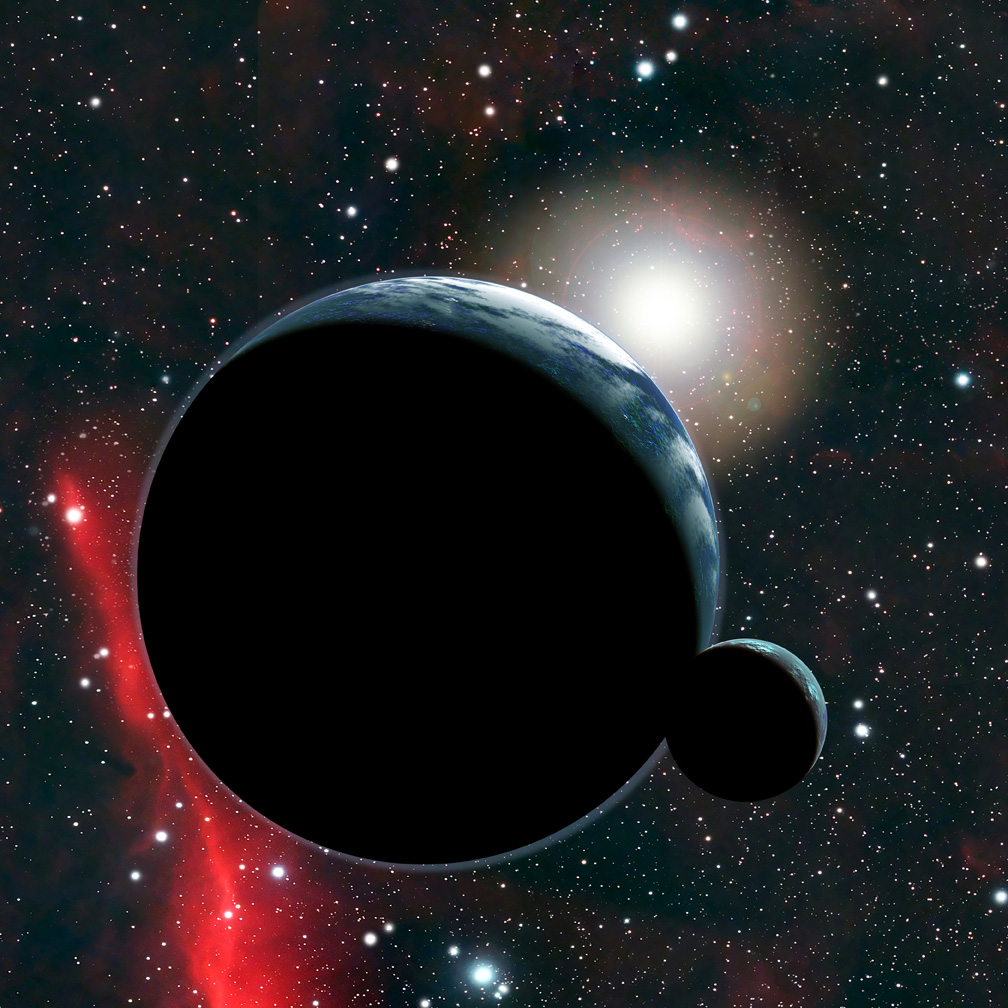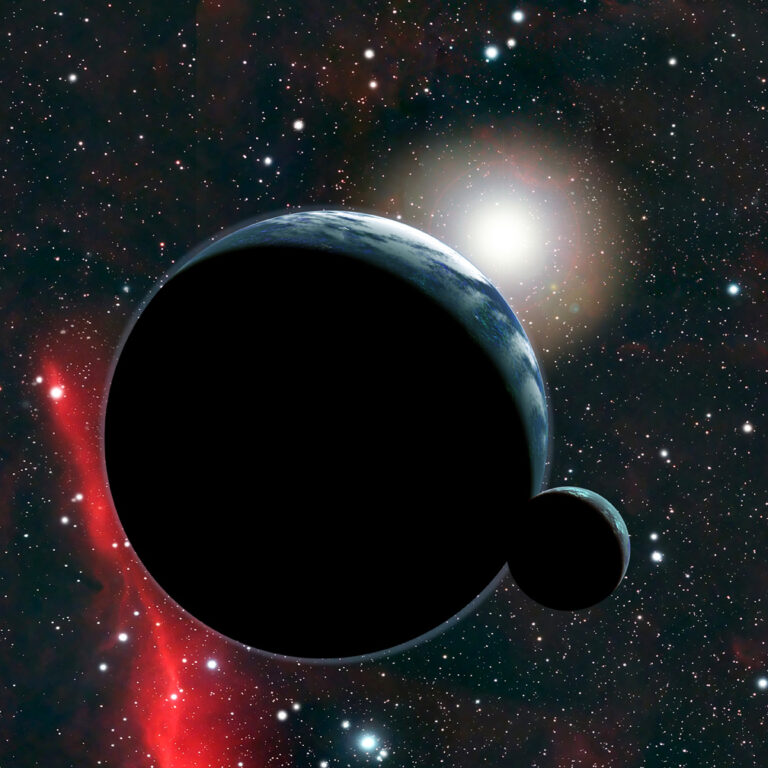Discovering Earth-like Twins: More Challenging Than Anticipated
Is there a twin Earth somewhere in our galaxy? Astronomers are making progress in their search for an Earth-sized planet in a similar orbit to ours. NASA’s Kepler spacecraft has been launched with the purpose of discovering such worlds. Once this search is successful, the next challenge will be to determine if these planets are habitable and possess an Earth-like atmosphere. However, finding answers to these questions will not be an easy task.
The James Webb Space Telescope, equipped with a large mirror and positioned in outer space, is scheduled for launch in 2013. This telescope will provide astronomers with the first real opportunity to find the answers they seek. In a recent study conducted by Lisa Kaltenegger from the Harvard-Smithsonian Center for Astrophysics and Wesley Traub from the Jet Propulsion Laboratory, the capabilities of the JWST to analyze the atmospheres of hypothetical Earth-like planets during a transit were examined. During a transit, a portion of the star’s light passes through the planet’s atmosphere and gets filtered. The study revealed that the JWST would be capable of detecting specific gases known as biomarkers, including ozone and methane, but only for the closest Earth-sized worlds.
Deciphering the atmosphere of an Earth-like planet during a transit event is a challenging task that requires a stroke of luck, according to Kaltenegger. To determine if the planet’s atmosphere resembles Earth’s, numerous transits will need to be observed – even hundreds of them, especially for stars within a 20 light-year proximity.
Kaltenegger further expressed that despite the difficulties involved, characterizing the atmosphere of a distant planet will be an immensely thrilling endeavor.
During a transit event, an extrasolar planet situated far away crosses in front of its star as observed from Earth. As the planet passes, the gases in its atmosphere absorb a minute portion of the star’s light, leaving behind distinct fingerprints unique to each gas. Astronomers can search for these fingerprints by dispersing the star’s light into a spectrum of colors or a rainbow. Kaltenegger and Traub conducted research to determine if these fingerprints would be detectable using the JWST.

The transit technique poses significant challenges due to the minuscule nature of the resulting signal. If we were to compare Earth’s size to a basketball, its atmosphere would be as thin as a sheet of paper. Additionally, this method is only effective when the planet passes in front of its star, and each transit lasts for a limited duration of a few hours.
Kaltenegger and Traub initially focused on an Earth-like planet orbiting a Sun-like star. To detect a signal from a single transit, the star and planet would need to be exceptionally close to Earth. Currently, the closest Sun-like star, Alpha Centauri A, is the only viable option. Although no such planet has been discovered yet, advancements in technology are gradually enabling the detection of Earth-sized worlds.
The study also explored the possibility of planets orbiting red dwarf stars. These stars, known as type M, are the most abundant in the Milky Way, surpassing the number of yellow, type G stars like our Sun. Red dwarf stars are cooler, dimmer, and smaller than the Sun, making it easier to identify an Earth-like planet transiting in front of them.
For an Earth-like planet to maintain a suitable temperature for liquid water, it would need to orbit in close proximity to a red dwarf star. Consequently, the planet would have a faster orbital period, resulting in transits lasting from a couple of hours to mere minutes. However, the frequency of transits would be higher, increasing the chances of detecting the planet’s atmosphere by combining signals from multiple transits. This makes red dwarf stars attractive targets due to their more frequent transits.
In comparison, an Earth-like planet orbiting a Sun-like star would experience a 10-hour transit once a year. Accumulating 100 hours of transit observations would require a decade. Conversely, an Earth orbiting a mid-sized red dwarf star would undergo a one-hour transit every 10 days, allowing for the accumulation of 100 hours of transit observations in less than three years.
Kaltenegger stated that nearby red dwarf stars present the most promising opportunity for detecting biomarkers in the atmosphere of a transiting Earth. On the other hand, Traub argued that direct imaging, which involves studying the photons of light emitted by the planet itself, could potentially be a more effective method for characterizing the atmospheres of Earth-like worlds compared to the transit technique.
Both NASA’s Spitzer and Hubble Space Telescopes have already examined the atmospheric compositions of gas-giant extrasolar planets that are extremely hot. The next step in this process is to characterize a “pale blue dot,” either by accumulating numerous transits of a single planet or by blocking out the starlight and directly analyzing the planet’s light.
In an ideal scenario, it is possible that Alpha Centauri A might possess an Earth-like planet that transits, but has not yet been detected. If this were the case, astronomers would only require a few transits to decipher the planet’s atmosphere and potentially confirm the existence of the first twin Earth.
This article is republished from PhysORG under a Creative Commons license. Read the original article.
Do not forget to share your opinion with us to provide you with the best posts !




0 Comments